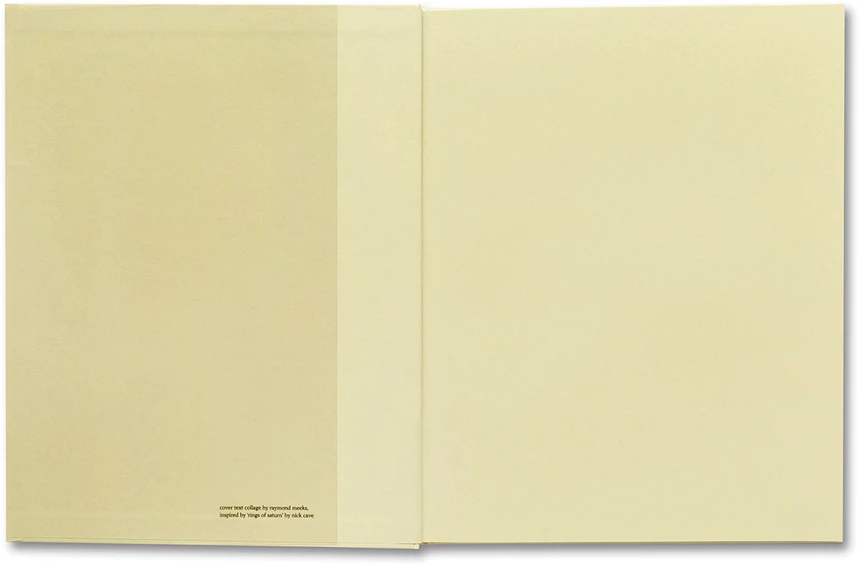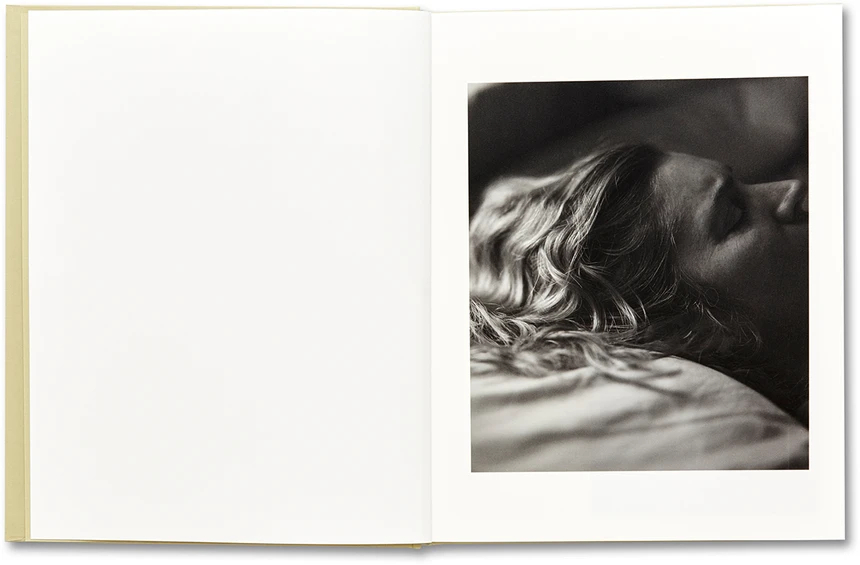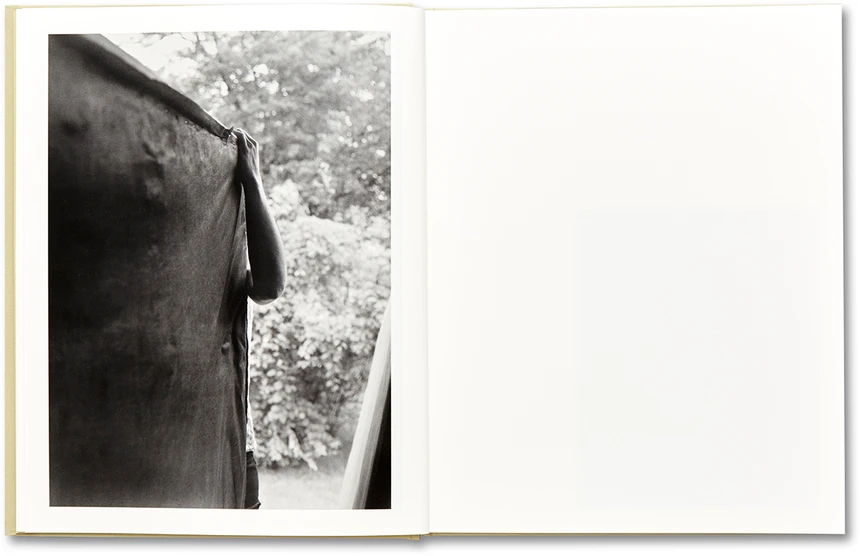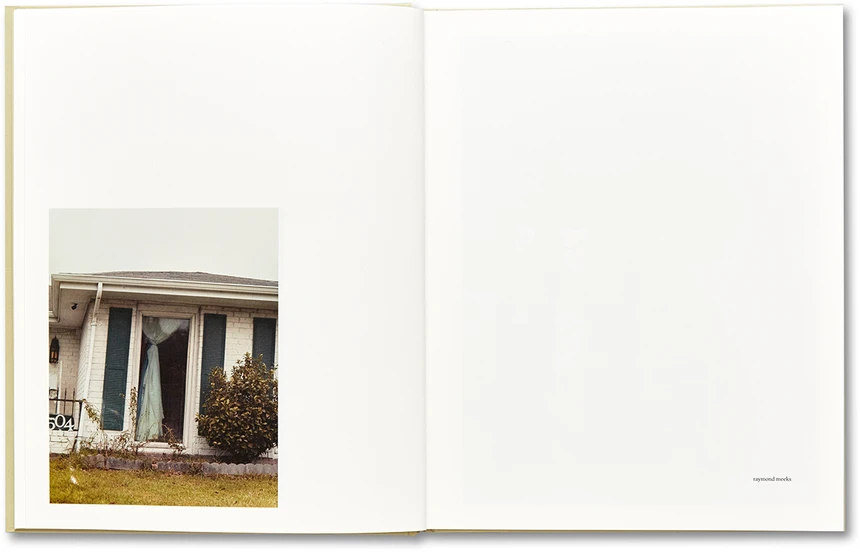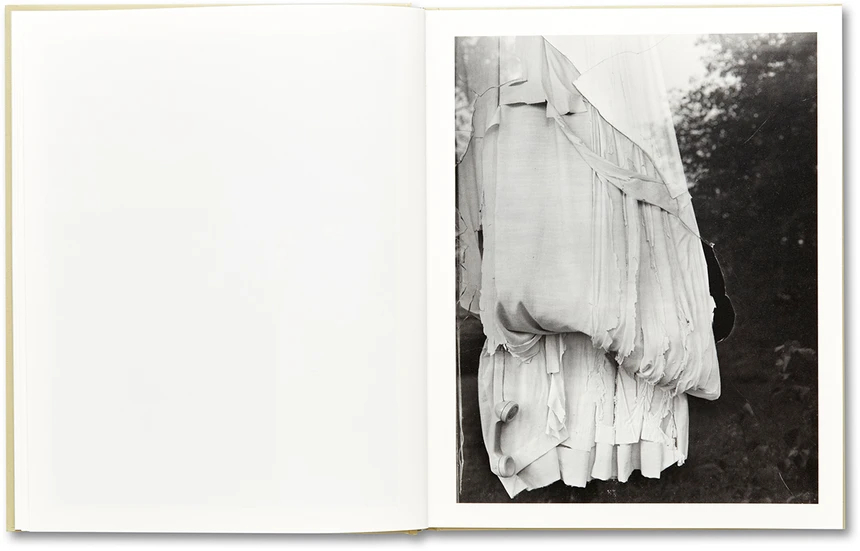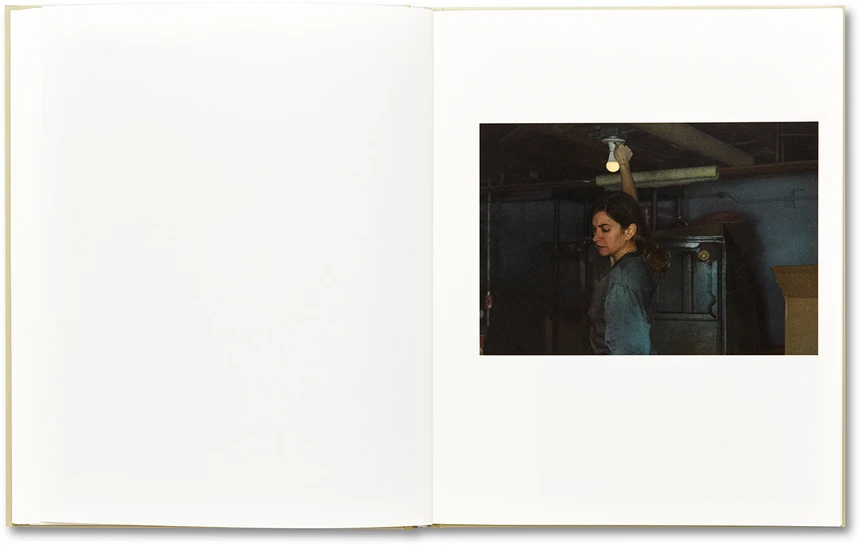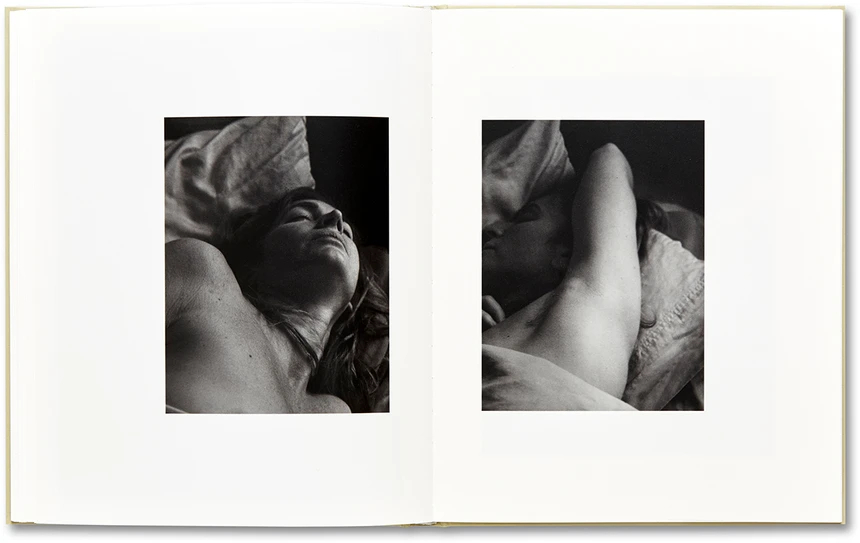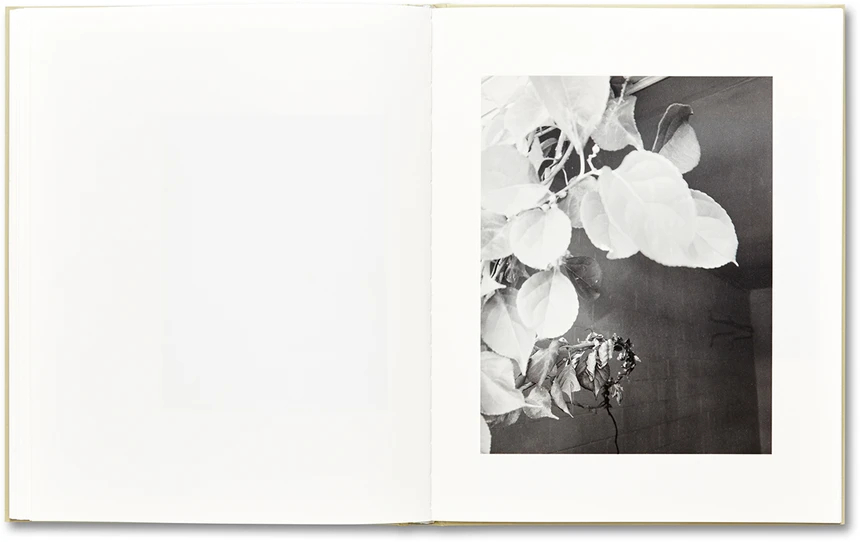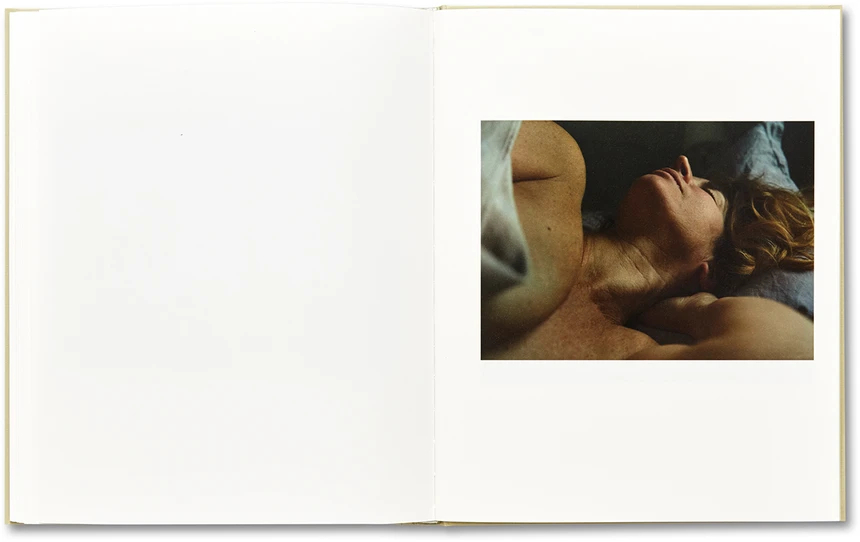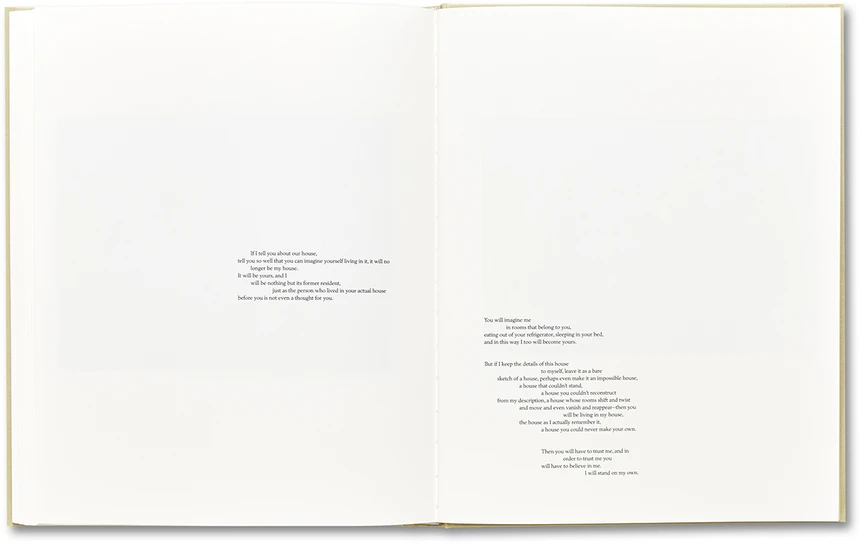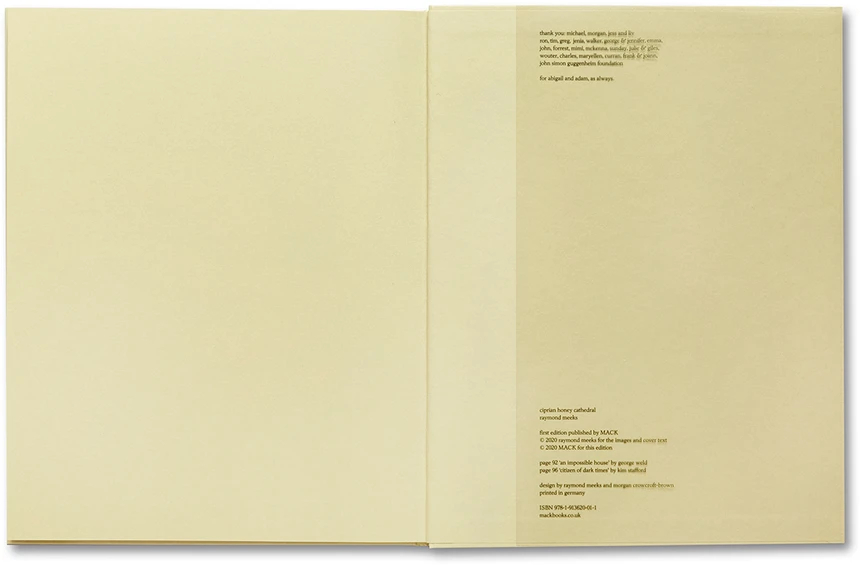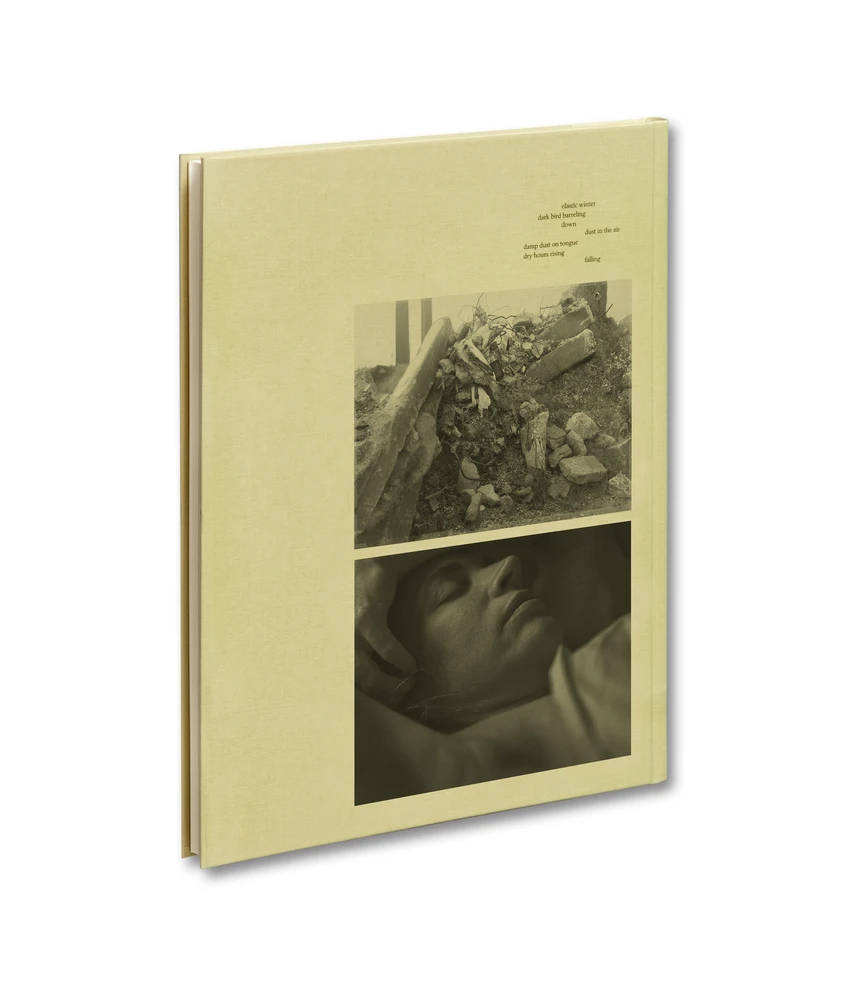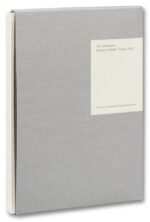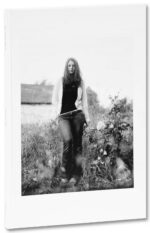Édition Standard.
Raymond Meeks est réputé pour son utilisation de la photographie et de la forme du livre pour distiller poétiquement les jonctions liminaires de la vision, de la conscience et de la compréhension. Dans Ciprian Honey Cathedral, il porte cet examen minutieux sur la maison, en sondant délicatement la lisibilité de notre environnement matériel et les personnes les plus proches de nous.
Meeks a longtemps été fasciné par la façon dont nous construisons le monde autour de nous ; comment nous portons nos possessions, ces conforts accumulés, héritages, marqueurs de la réussite matérielle ; comment nous ornons les maisons avec des arbres et des arbustes, une horloge qui décompte les heures. Trébucher sur une maison abandonnée ou une pelouse délabrée devient une recherche d’indices communs à de minuscules transgressions cachées.
Cette question de la connaissance et de la compréhension est peut-être la plus radicale dans notre réalité solipsiste. Meeks a aussi photographié sa compagne, Adrianna Ault, tôt le matin avant de se réveiller, au seuil où la vie domestique quotidienne converge avec l’état de sommeil le plus profond. Ce triste état de transe dorsale est un lieu de répit sous la surface de la conscience, libéré du chaos et de l’incertitude du monde sensible d’en haut, et fait allusion à la menace voilée que, finalement, nous sommes totalement inconnaissables les uns aux autres ; photos en n.b. et en couleurs.
Standard Edition.
What is there between the branch and apple when it falls?
We have seen it—we would recognize it anywhere.?Yet of an evening we are told nothing is there. -Wright Morris
Raymond Meeks is renowned for his use of photography and the book form to poetically distill the liminal junctures of vision, consciousness and comprehension. In?ciprian honey cathedral, he brings this scrutiny close to home, delicately probing at the legibility of our material surroundings and the people closest to us.?
Meeks has long been fascinated by the way we construct the world around us; how we carry our possessions, these accumulated comforts, inheritances, markers of material success; how we adorn homes with trees and shrubs, a mantle clock to count the hours. Stumbling across an abandoned house or unkempt lawn becomes a search for common clues to tiny hidden transgressions.?
This question of knowledge and understanding is perhaps most drastic in our solipsistic reality. Meeks also photographed his partner, Adrianna Ault, in the early mornings before she awoke, on the threshold at which daily domestic life converges with the deepest state of sleep. This plight of supine trance is a place of reprieve beneath the surface of consciousness, free from the chaos and uncertainty of the sentient world above, and alludes to the veiled threat that, ultimately, we are utterly unknowable to one another.


